We’ve been sending a weekly “Six Feet in Solidarity” email on Thursdays to stay connected and continue serving up resources to build your water knowledge around different topics while social distancing.
We’ve been pulling from our library of publications, news stories, webinars, videos, radio programs, and more, and also sharing key resources produced by others in the water community for the six weeks.
Thus far we’ve sent emails focused on land use and water, stream management plans in Colorado, environmental justice and equity in the water sector, water reuse, and alternatives to ag transfers or ATMs. This week we’ll look at forest and watershed health. Read on to learn more. And continue to be well!
Forested Watersheds Protect Clean Water

More than 24.4 million acres of Colorado forestland impact Colorado’s water supply, according to the Colorado State Forest Service. About 80 percent of the state’s population relies on those forested watersheds for municipal water supplies. According to the U.S. Forest Service, which manages more than 14.5 million acres of national forest lands in Colorado, 90 percent of those lands are located in watersheds that contribute to public water supplies.
As snowpack melts, streams drain runoff toward rivers, creating watersheds and river basins. As water flows down mountain slopes, forests stabilize soil and prevent erosion, filter contaminants, enhance soil moisture storage and groundwater recharge, and reduce the likelihood of flooding. Due to these ecosystem services, water running off undisturbed forests typically has lower nutrient and sediment concentrations compared to flows from urban or agricultural watersheds.
But Colorado’s forested source watersheds are susceptible to damage and contamination that lead to water impairments. Risks include severe wildfire, insect infestation, and long-term drought. Colorado has seen a growing number of large, high-severity wildfires and never-before-seen levels of tree mortality caused by bark beetle outbreaks over the past two decades. Those natural risks will likely be amplified in the future as a result of climate change. In addition, human-induced factors such as disturbance, roads and pollution also impact forest health and water quality. Read more in WEco’s Citizen’s Guide to Where Your Water Comes From.
Partnerships help manage risk to forested watersheds
From “This Land is Our Land” in the Spring 2018 issue of Headwaters magazine:

Looking south, down Deep Creek. Photo by Ecoflight
To maintain water resources, land management agencies, water utilities, and others focus on both legacy restoration and on protecting ecosystem function—that takes working across the boundaries of land ownership and involving federal and state agencies, water providers, private land owners, and others.
Plus, agency budgets are limited and fighting fires isn’t cheap. Land managers struggle to meet all of their objectives as more and more of their funding goes toward firefighting and mitigation and less is available for other work like restoration, maintenance and visitor services. At the same time, people who depend on public lands directly or advocate for their environmental or recreational attributes have strong interests in ensuring that the lands are managed to meet their needs. This amalgamation of interest, voice, risk and the need for funding is spurring Colorado’s stakeholders and land managers to work together to rethink management tools and find collaborative solutions to manage public lands. Read about some such collaborative solutions, including partnerships on the Swan River, Hermosa Creek, and utilities’ source water protection work.
Alliances may also help by combining forestry, water and land issues
From this April 2019 story that appeared in Fresh Water News:

A photograph of the Buffalo Creek burn scar, CO on Monday, February 12, 2018.
The Buffalo Creek burn scar is part of Denver Water’s South Platte Watershed.
Photographer: Matthew Staver
In an era of high population growth and sprawling urban and wildland development, fire and flood disaster officials have to plan in advance for post-fire problems.
One strategy California and Colorado are working on is to build political alliances that combine forestry, water and land issues so that lawmakers at the state and even the federal level are provided with a more powerful, holistic view of the problems.
In December 2018, Colorado formally launched the Colorado Forest and Water Alliance, which represents environmentalists, the forest industry, and water utilities. Its mission is to lobby for more money and resources to cope with threats posed to forests and watersheds by wildfires. Read the full story.
How do we fund the fire treatment work to maintain healthy forests and reduce the risk to our watersheds?
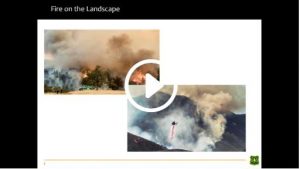 And what do those fires mean for our watersheds, water supplies, and the millions of water users across the state? Explore ideas to answer these questions and more by watching the recording of our June 2018 webinar on Fires, Forests and Watershed Health. We discuss the funding challenges posed by increased fire incidence, as well as the partnerships and creative funding strategies that could help Colorado build healthier forests, watersheds, and more water-secure communities.
And what do those fires mean for our watersheds, water supplies, and the millions of water users across the state? Explore ideas to answer these questions and more by watching the recording of our June 2018 webinar on Fires, Forests and Watershed Health. We discuss the funding challenges posed by increased fire incidence, as well as the partnerships and creative funding strategies that could help Colorado build healthier forests, watersheds, and more water-secure communities.
More Resources from WEco on Watershed Health
Fresh Water News: Colorado, U.S. Forest Service team up to help save ailing forests and watersheds

Dan Gibbs, executive director of the Colorado Department of Natural Resources, speaks at a signing ceremony for the shared stewardship agreement between Colorado and the U.S. Forest Service Oct. 23 at the Colorado State Capitol. Credit: Jerd Smith
In October 2019, Colorado joined six other Western states in finalizing a “shared stewardship” agreement with the U.S. Forest Service that will help restore millions of acres of deteriorating forests and watersheds. Read the story.
Headwaters magazine: Our Water, Our Land
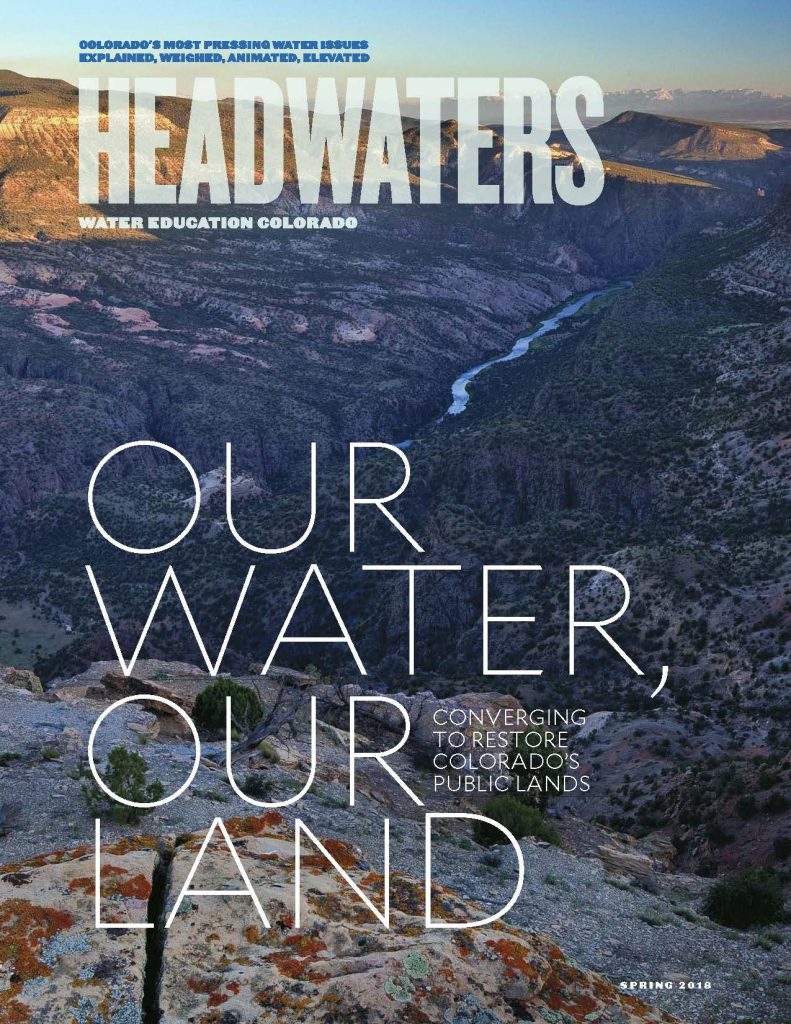 On Colorado’s public lands, climate change and a growing population pose new challenges: fire danger, funding gaps, source water protection, and the need to balance various interests. Yet myriad Coloradans are uniting to reimagine this land of many uses. Water management depends on working together. Read the Spring 2018 issue.
On Colorado’s public lands, climate change and a growing population pose new challenges: fire danger, funding gaps, source water protection, and the need to balance various interests. Yet myriad Coloradans are uniting to reimagine this land of many uses. Water management depends on working together. Read the Spring 2018 issue.
Connecting the Drops: The inextricable link between forests, fires and water
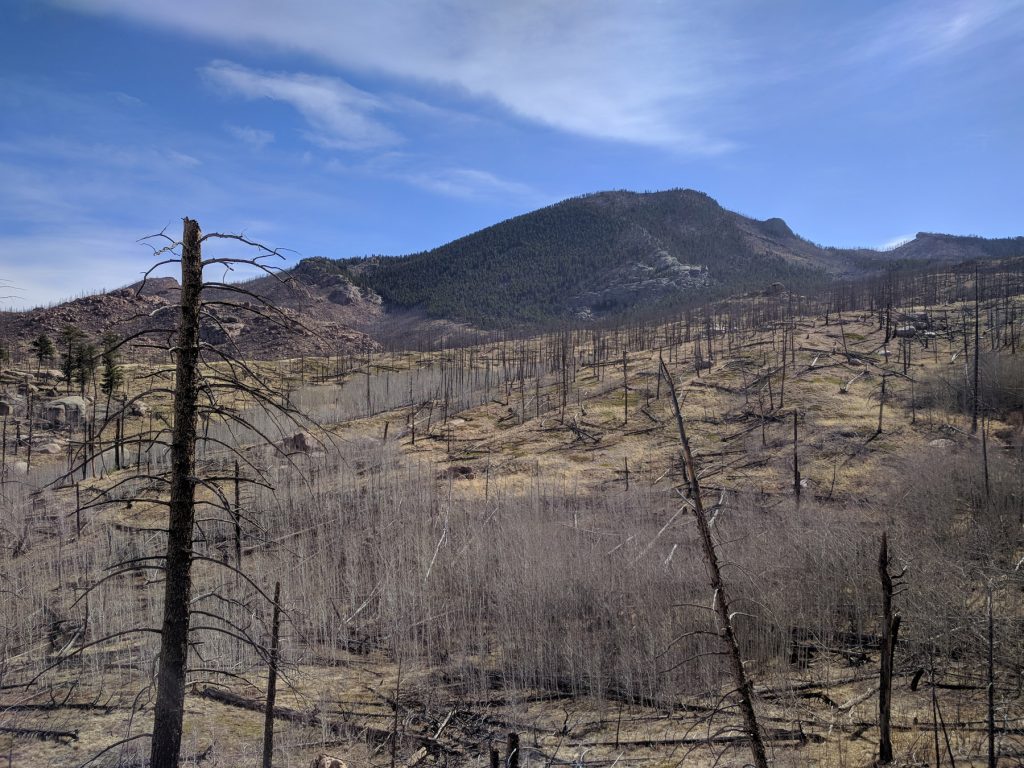 Wildfires are a reality for those living in the West, but the impact on the landscape lingers long after the smoke is gone. In Colorado, our public lands serve as source watersheds for the vast majority of the state. Forest, fire, and water are now inextricably linked. Listen to the story produced through Connecting the Drops, our partnership with Rocky Mountain Community Radio stations.
Wildfires are a reality for those living in the West, but the impact on the landscape lingers long after the smoke is gone. In Colorado, our public lands serve as source watersheds for the vast majority of the state. Forest, fire, and water are now inextricably linked. Listen to the story produced through Connecting the Drops, our partnership with Rocky Mountain Community Radio stations.
More Resources from Other Organizations
After the Flames
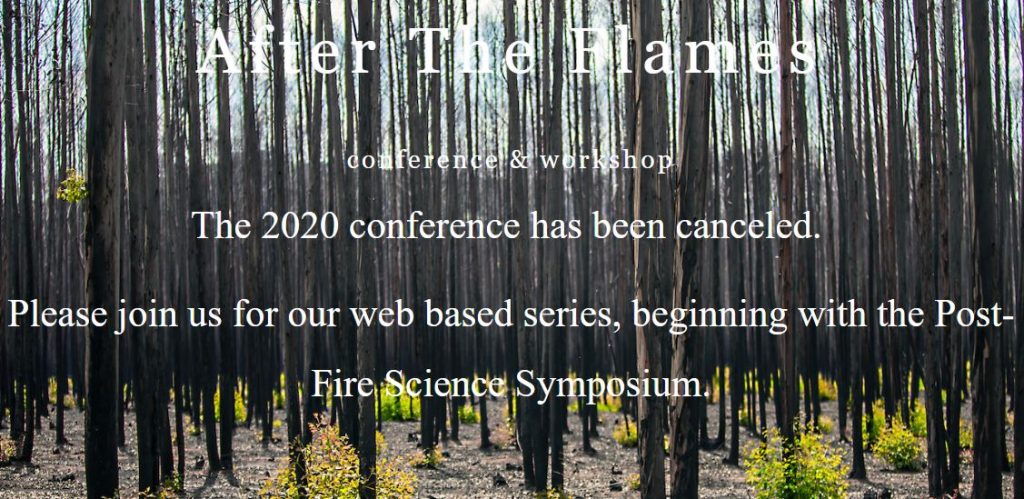 The 2020 After the Flames conference has been canceled but a web-based series is forthcoming. Visit aftertheflames.com to learn more.
The 2020 After the Flames conference has been canceled but a web-based series is forthcoming. Visit aftertheflames.com to learn more.
Health of Colorado’s Forests from the Colorado State Forest Service
This annual report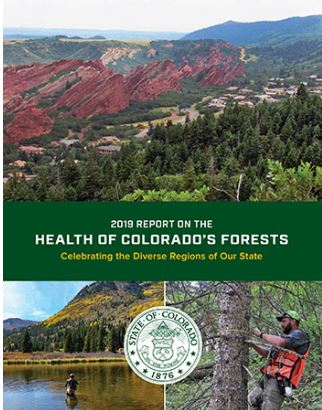 takes a regional look at forest health, offering statistics, insect and disease trends, and successes in forest management specific to four quadrants of the state. The report also offers a statewide outlook on trends in insect and disease activity in Colorado’s forests.
takes a regional look at forest health, offering statistics, insect and disease trends, and successes in forest management specific to four quadrants of the state. The report also offers a statewide outlook on trends in insect and disease activity in Colorado’s forests.
ACES Forest Health Index
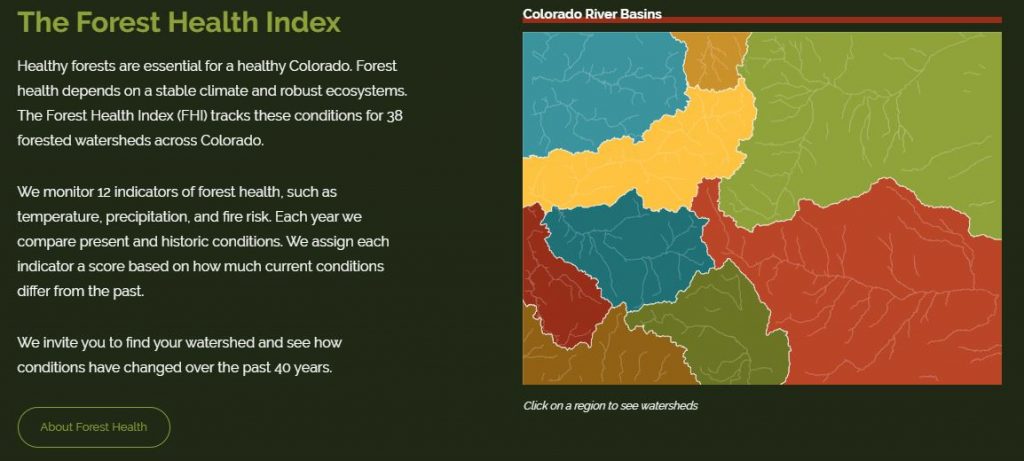 Healthy forests are essential for a healthy Colorado. Forest health depends on a stable climate and robust ecosystems. The Aspen Center for Environmental Studies’ Forest Health Index (FHI) tracks these conditions for 38 forested watersheds across Colorado. ACES monitors 12 indicators of forest health, such as temperature, precipitation, and fire risk and compares present and historic conditions. Check it out to learn about forest health in your watershed.
Healthy forests are essential for a healthy Colorado. Forest health depends on a stable climate and robust ecosystems. The Aspen Center for Environmental Studies’ Forest Health Index (FHI) tracks these conditions for 38 forested watersheds across Colorado. ACES monitors 12 indicators of forest health, such as temperature, precipitation, and fire risk and compares present and historic conditions. Check it out to learn about forest health in your watershed.
Chapter 7.1 of the Colorado Water Plan: Watershed Health and Management
 Colorado’s Water Plan promotes watershed health and supports the development of watershed coalitions and watershed master plans that address the needs of a diverse set of local stakeholders. Read it here.
Colorado’s Water Plan promotes watershed health and supports the development of watershed coalitions and watershed master plans that address the needs of a diverse set of local stakeholders. Read it here.

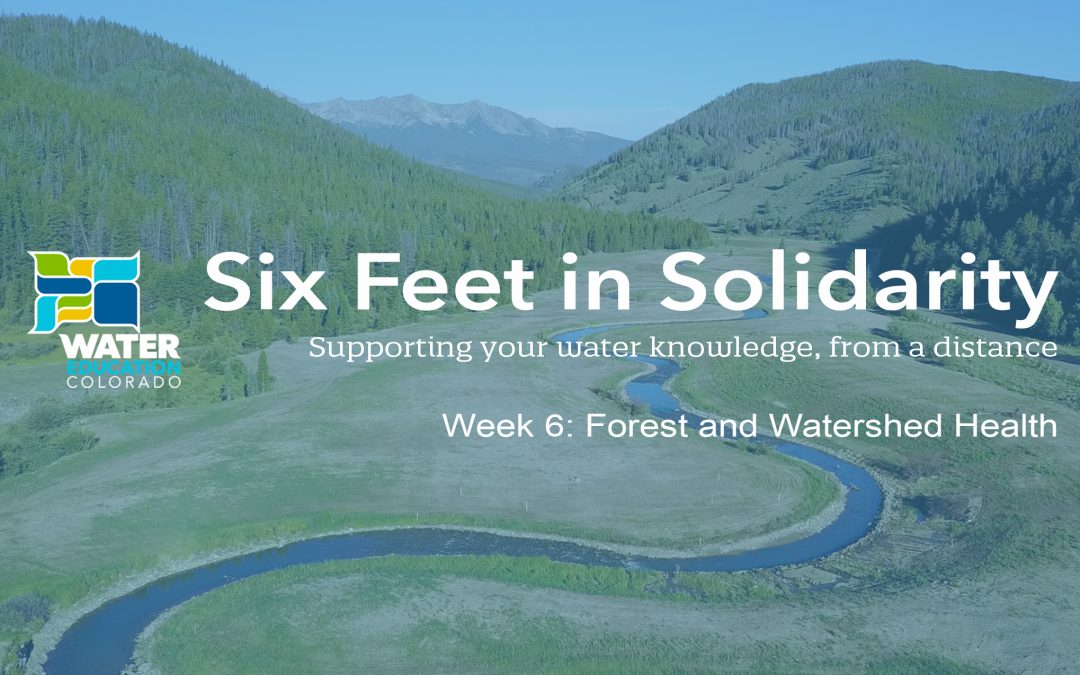
 Print
Print